1. The Antikythera Mechanism: Your Ancient GPS
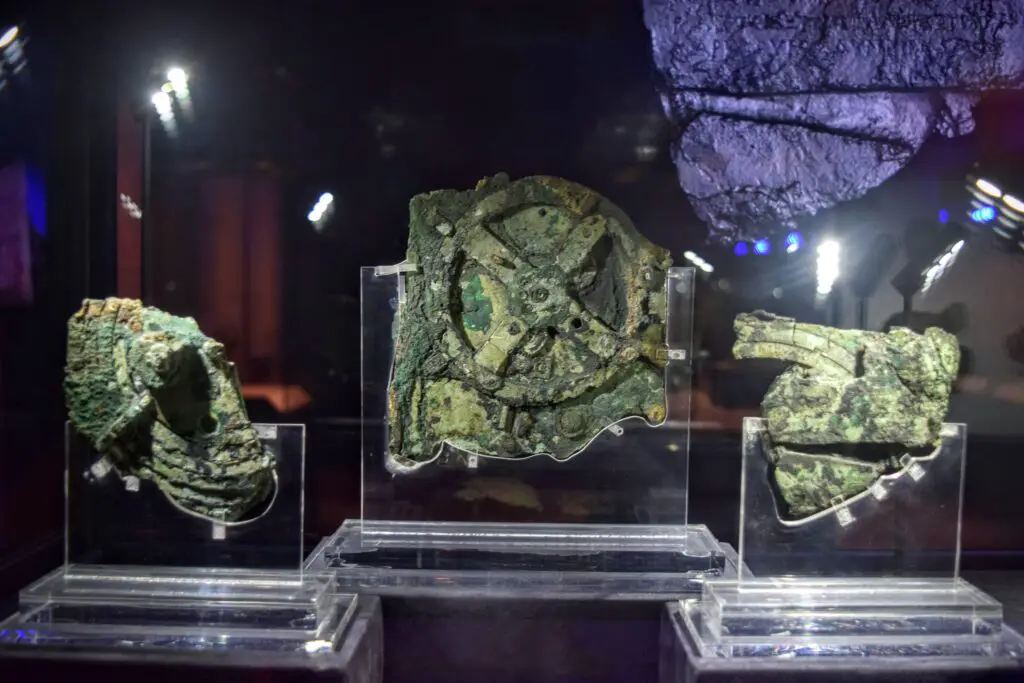
Imagine having a device that could predict celestial movements with astonishing accuracy, something like a super-advanced calculator or even an ancient GPS. That’s essentially what the Antikythera Mechanism was, a complex analog computer from ancient Greece. It was a marvel of gears and dials, capable of tracking the sun, moon, and planets, and even predicting eclipses. We’re still trying to fully understand its full capabilities, but it shows an incredible grasp of astronomy and engineering that was far ahead of its time shares Smithsonian Magazine.
If we could reverse-engineer this kind of intricate clockwork precision and apply it to modern challenges, who knows what we could achieve? Think about ultra-precise, self-regulating systems for energy grids, or even incredibly durable and accurate navigational tools that don’t rely on fragile electronics. The Antikythera Mechanism whispers of a lost art in mechanical computing that could inspire breakthroughs in resilient technology adds Live Science.
2. Roman Concrete: The Self-Healing Wonder
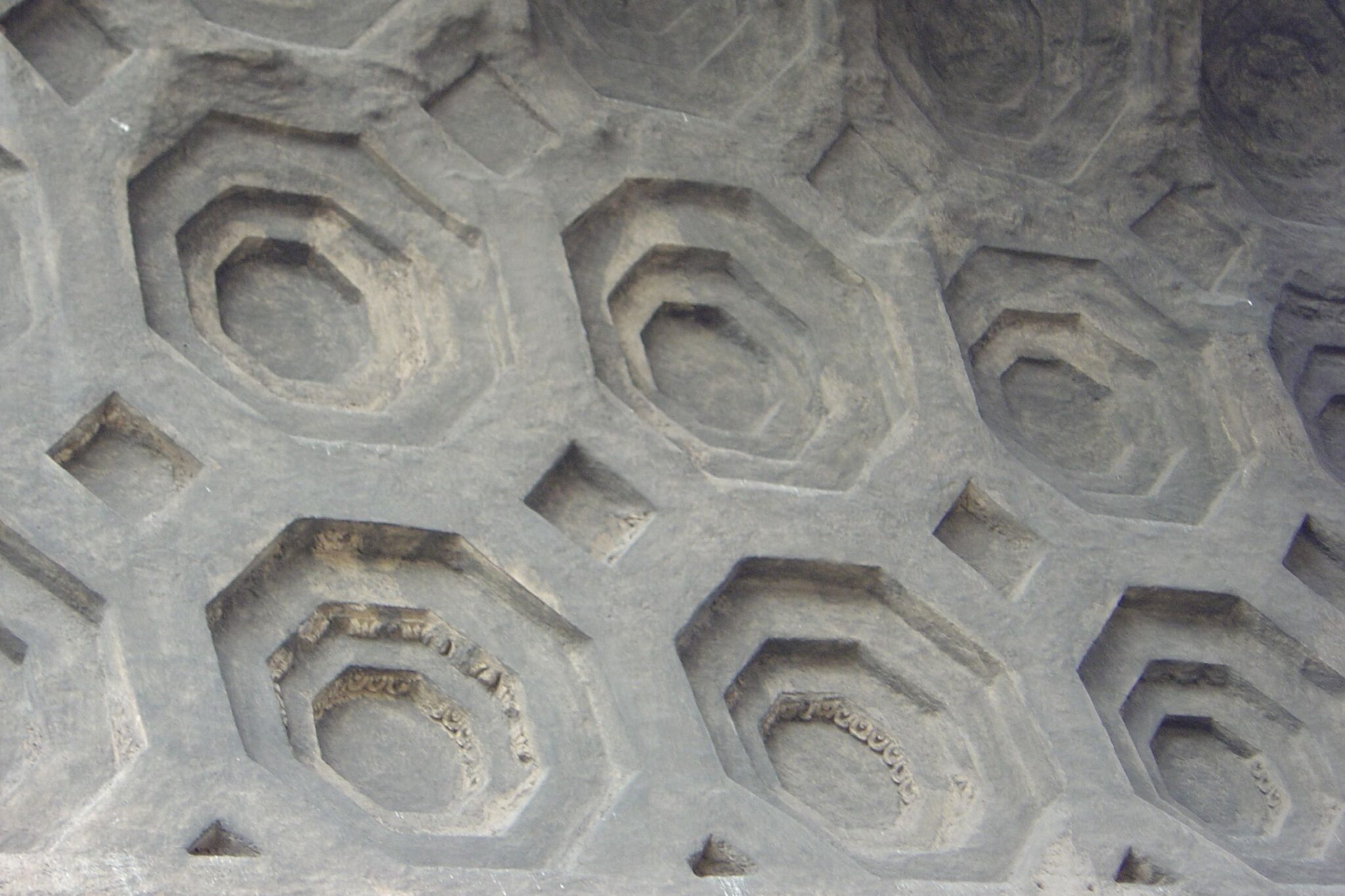
We all know concrete, but have you ever heard of concrete that gets stronger over time, especially when exposed to seawater? Roman concrete, made with volcanic ash, possessed this incredible property. Many Roman structures, like the Pantheon, are still standing today, while modern concrete often crumbles after just a few decades. This stuff was truly revolutionary, allowing for massive, durable structures that have withstood millennia shares ScienceAlert.
If we could crack the exact formula for Roman concrete, imagine the possibilities. We could build infrastructure that lasts for centuries with minimal maintenance, drastically reducing construction waste and costs. Think about self-healing seawalls or bridges that literally get tougher with age. It would be a game-changer for sustainable building and disaster-resistant infrastructure, saving us a ton of headaches and resources adds the New York Times.
3. Greek Fire: The Undefeatable Incendiary
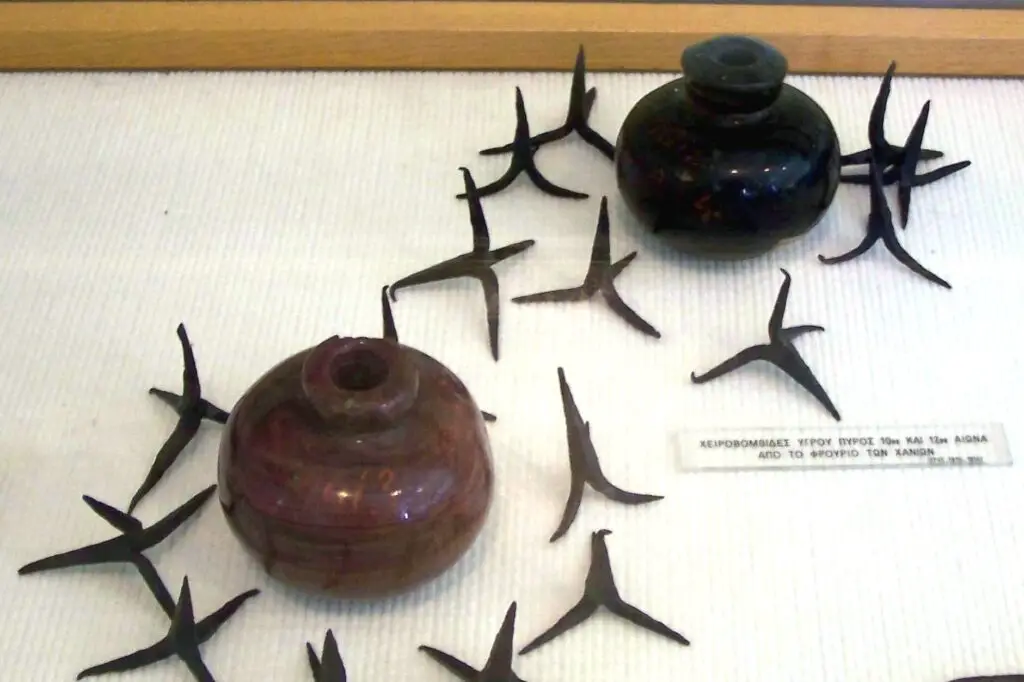
Imagine a liquid that burns on water, can’t be extinguished by it, and sticks to whatever it touches, leaving a trail of destruction. That’s Greek Fire, a mysterious weapon used by the Byzantine Empire for centuries that kept their enemies at bay. Its exact composition was a closely guarded secret, passed down through generations, and ultimately lost to history. It was the ultimate ancient naval deterrent.
If we could rediscover the chemical secrets of Greek Fire, it wouldn’t necessarily be for warfare, but for its unique chemical properties. Think about developing incredibly effective, non-toxic fire retardants that can’t be washed away, or even new industrial solvents with unheard-of properties. The chemical knowledge behind such a potent and persistent substance could unlock innovations in material science and safety.
4. Damascus Steel: The Supermetal of Legend
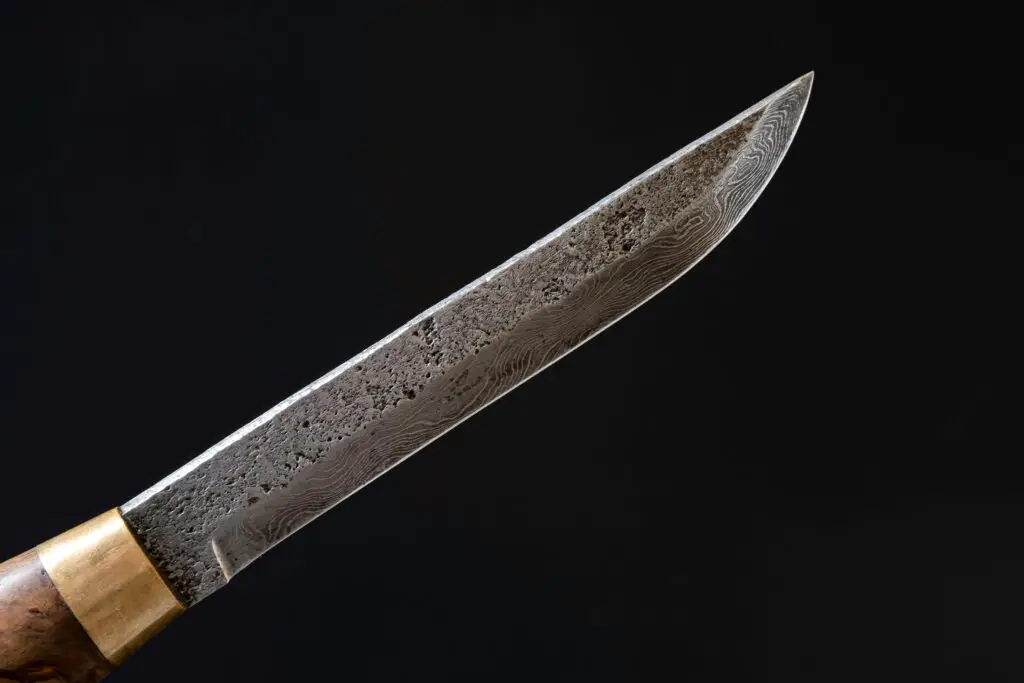
Picture a metal so strong, so sharp, and so flexible that it was practically legendary. That’s Damascus steel, renowned for its distinctive wavy pattern and its unparalleled strength and keen edge. Swords made from this material were fabled to cut through other weapons, and even stone. The art of forging it was lost sometime after the 17th century, leaving metallurgists scratching their heads.
Unlocking the secrets of Damascus steel could completely revolutionize metallurgy. Imagine creating incredibly durable surgical instruments that never dull, or lightweight, super-strong components for aerospace and automotive industries. It could lead to breakthroughs in materials science, allowing us to engineer alloys with unheard-of combinations of strength, flexibility, and sharpness.
5. Archimedes’ Heat Ray: The Solar Superweapon

Legend has it that Archimedes used an array of mirrors to focus sunlight and set Roman ships ablaze during the Siege of Syracuse. While some debate its historical accuracy, the principle behind it is sound. It’s essentially an ancient solar death ray, harnessing the power of the sun to devastating effect. The idea of concentrating solar energy to such a degree is mind-boggling for the time.
If we could truly replicate and scale up Archimedes’ rumored heat ray, think about the clean energy applications. We could develop highly efficient solar concentrators for generating electricity, or incredibly powerful solar furnaces for industrial purposes that require extreme heat. It would be a major leap in harnessing renewable energy in a truly impactful way.
6. Flexible Glass (Vitreum Flexile): The Unbreakable Screen

Imagine a glass that could bend and flex without breaking, far surpassing even today’s “flexible” screens. Roman historian Petronius tells a tale of an inventor presenting Emperor Tiberius with a seemingly unbreakable glass goblet, which the emperor then had destroyed to prevent devaluation of gold. While the story might be apocryphal, the concept of flexible glass was certainly in the Roman imagination.
If flexible glass truly existed and we could rediscover its manufacturing process, it would utterly transform our world. Think about truly foldable smartphones, uncrackable car windshields, or even self-repairing windows. It would usher in an era of durable, lightweight, and versatile transparent materials for countless applications, making our technology far more resilient.
7. Egyptian Mummification: The Preservation Paradigm
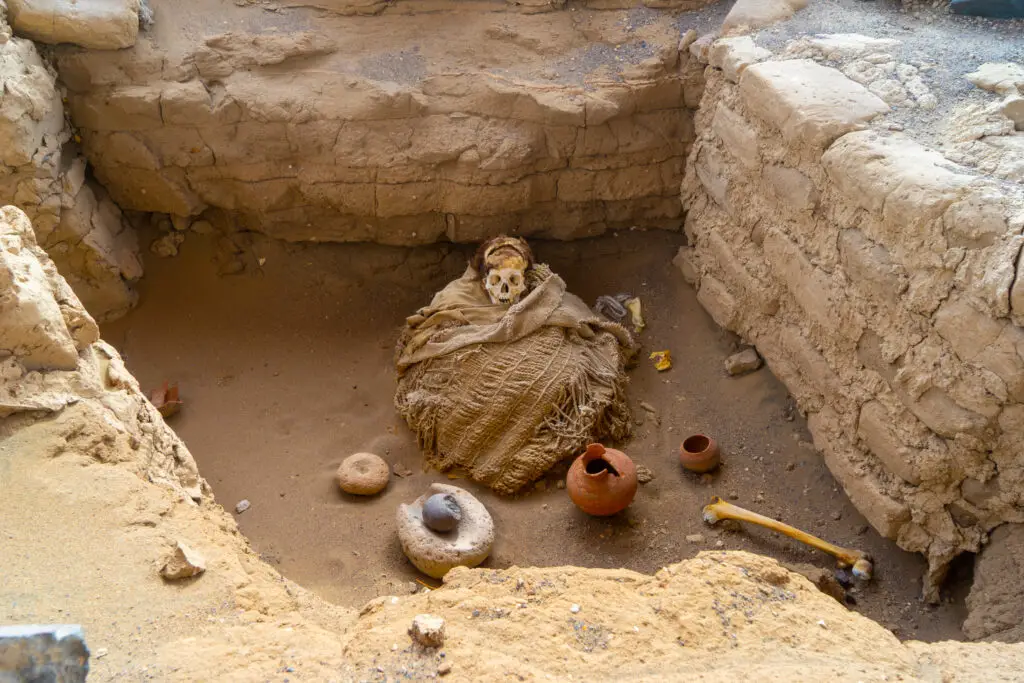
The ancient Egyptians mastered the art of preserving human bodies for thousands of years, to an extent that still baffles modern science. Their mummification techniques, involving intricate chemical processes and sophisticated understanding of anatomy, allowed bodies to endure for millennia. We can still see the results of their work in museums today, a testament to their remarkable skill.
If we could truly understand the precise chemical and biological processes behind Egyptian mummification, it wouldn’t be about preserving the dead, but about revolutionary preservation techniques for other things. Think about extending the shelf life of food without refrigeration, or developing new methods for long-term organ storage for transplants. It could unlock new frontiers in biochemistry and cryopreservation.
8. The Library of Alexandria’s Knowledge: The Lost Encyclopedia

The Library of Alexandria was not a single innovation, but a repository of untold innovations, a vast collection of scrolls and knowledge that was tragically lost to fires and neglect. It was the intellectual heart of the ancient world, housing the accumulated wisdom of civilizations. Imagine all the scientific discoveries, philosophical treatises, and technological blueprints that vanished.
If we could somehow recover even a fraction of the lost knowledge from the Library of Alexandria, it could accelerate our understanding across every field. We might find solutions to problems we’re still grappling with today, or discover forgotten technologies that could leapfrog current limitations. It’s a stark reminder of the fragility of knowledge and the immense value of preserving it.
9. Heron’s Aeolipile: The Ancient Steam Engine

Before Watt, before Stephenson, there was Heron of Alexandria, who invented the aeolipile, essentially a rudimentary steam engine. It was a spinning globe propelled by jets of steam, demonstrating the principle of jet propulsion and the power of steam. While likely just a toy or a temple curiosity, it showed an understanding of thermodynamics that was far ahead of its time.
If we could have developed Heron’s aeolipile into practical applications, imagine how different history would be. It suggests an understanding of steam power that could have led to an industrial revolution centuries earlier. Even if we don’t build ancient steam engines, studying its design could offer insights into novel approaches to energy conversion and propulsion systems.
10. Vimanas: The Flying Machines of Ancient India
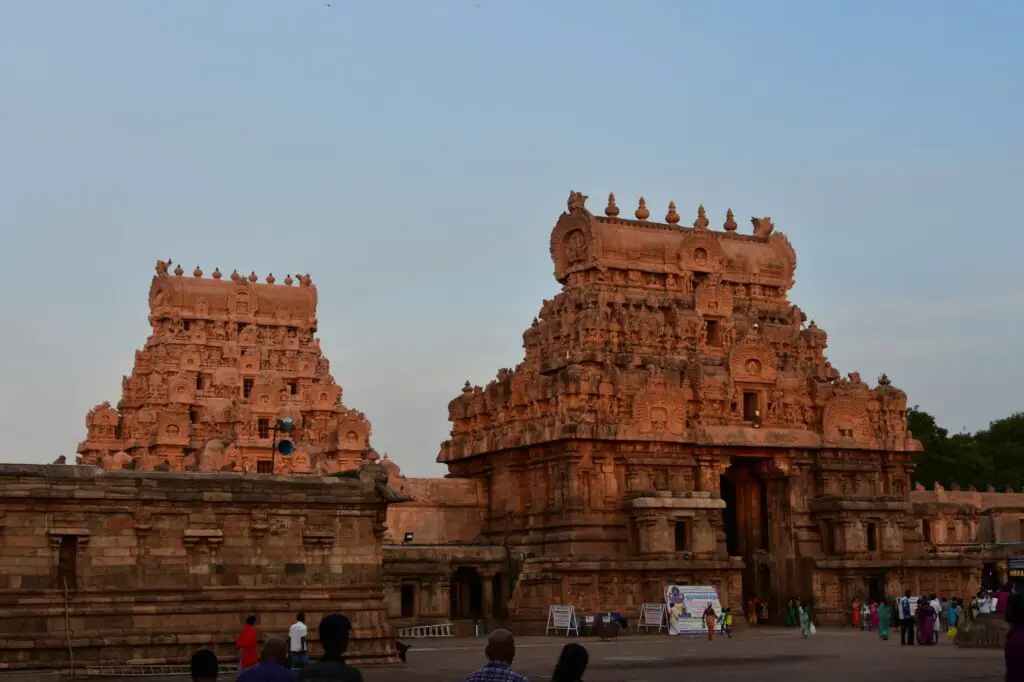
Ancient Indian texts, particularly the Vedas and Puranas, describe flying machines called Vimanas, capable of interstellar travel, aerial combat, and carrying people. While often dismissed as mythology, the detailed descriptions of these crafts, their propulsion, and their capabilities are remarkably sophisticated for their time. They speak of advanced aeronautical knowledge.
If there’s any truth to the Vimana descriptions, and if such technology existed, it would revolutionize aerospace. Imagine discovering ancient blueprints for anti-gravity devices or advanced propulsion systems that could make space travel far more accessible. Even as myth, it sparks the imagination about what forms of flight we haven’t yet discovered.
11. The Baghdad Battery: The Ancient Electric Current
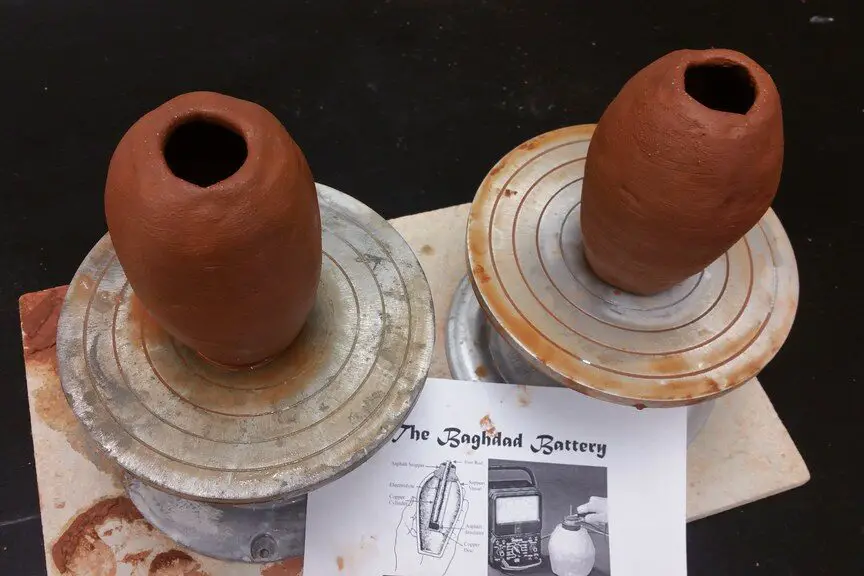
Discovered in Iraq, the Baghdad Battery is an artifact consisting of a ceramic jar, a copper cylinder, and an iron rod, dating back to the Parthian era. When filled with an electrolyte like grape juice, it can produce a small electric current. Its exact purpose is debated, but it strongly suggests an ancient understanding of electrochemistry.
If the Baghdad Battery was indeed used for practical applications, like electroplating or even rudimentary forms of electrotherapy, it means we had a grasp of electricity far earlier than commonly believed. Understanding its design could inspire new approaches to simple, organic battery technologies, or even forgotten methods of electrochemical processes that could be valuable today.
12. The Indian Wootz Steel: The Precursor to Damascus
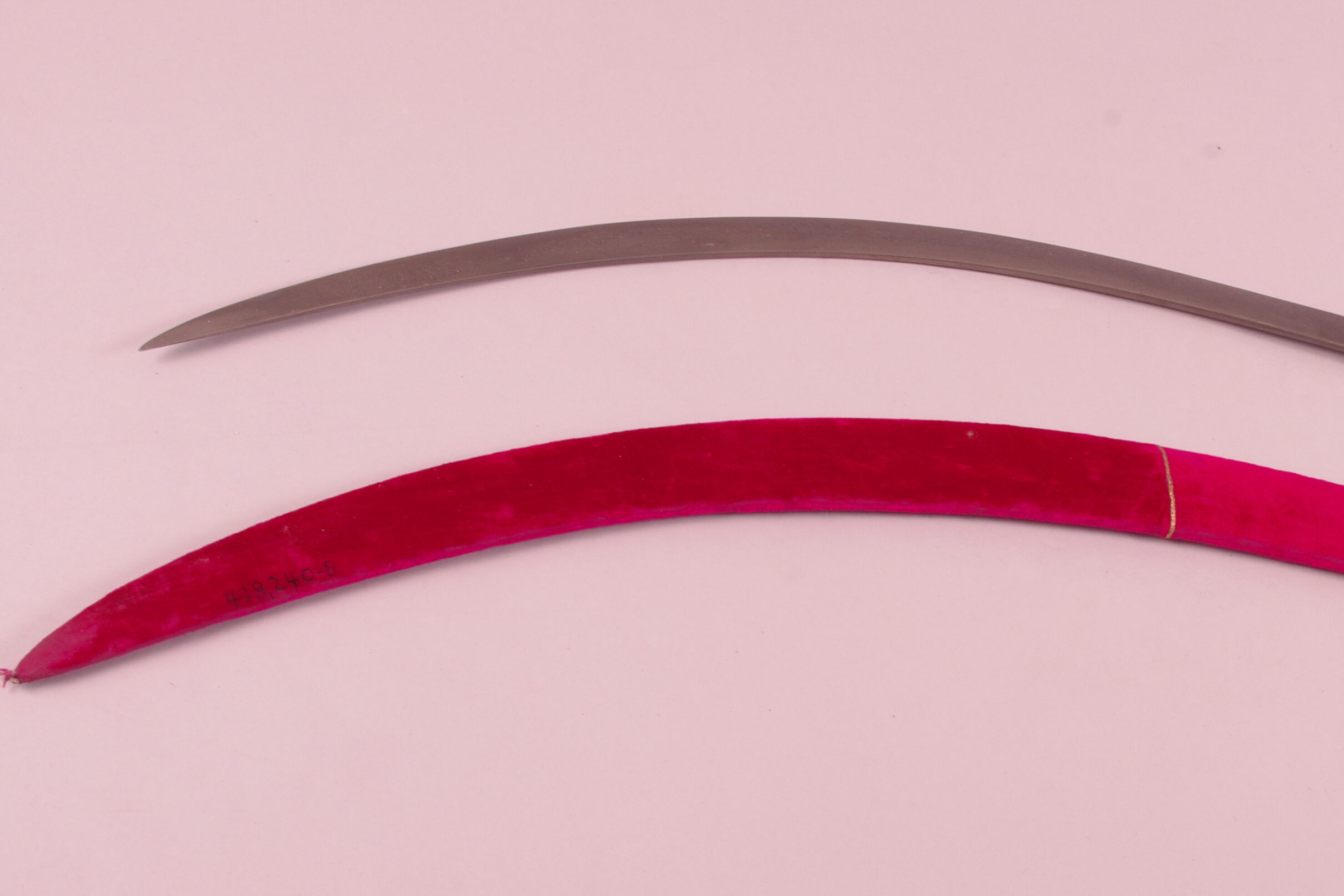
Wootz steel, originating in ancient India, was a crucible steel produced through a sophisticated smelting process, often considered the direct precursor to Damascus steel. Its unique crystalline structure gave it incredible strength and sharpness. The techniques for its production spread globally but were eventually lost, leaving us with historical accounts and fragmented knowledge.
Rediscovering the exact methods of Wootz steel production would be a boon to materials science. It could lead to the development of incredibly strong and durable alloys for a wide range of applications, from cutting tools to ballistic protection. It represents a lost art in controlled metallurgy that could inform advanced manufacturing processes today.
13. The Chinese Earthquake Detector (Seismoscope): The Ancient Early Warning
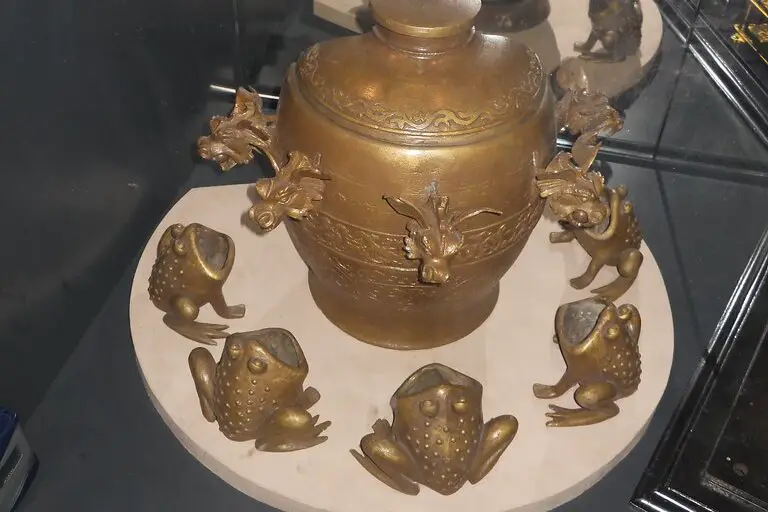
In 132 AD, Chinese polymath Zhang Heng invented the first seismoscope, a bronze vessel with dragons facing different directions, each holding a ball. When an earthquake struck, a ball would drop from a dragon’s mouth into the mouth of a toad below, indicating the direction of the tremor. This was centuries before any similar invention in the West.
If we could fully understand the precision and mechanism behind Zhang Heng’s seismoscope, it could inspire new, low-cost, and robust earthquake detection systems. It represents a sophisticated understanding of seismic activity and a clever engineering solution that could be adapted for remote or less developed areas, providing crucial early warnings.
14. The Roman Hypocaust System: The Underfloor Heating Revolution
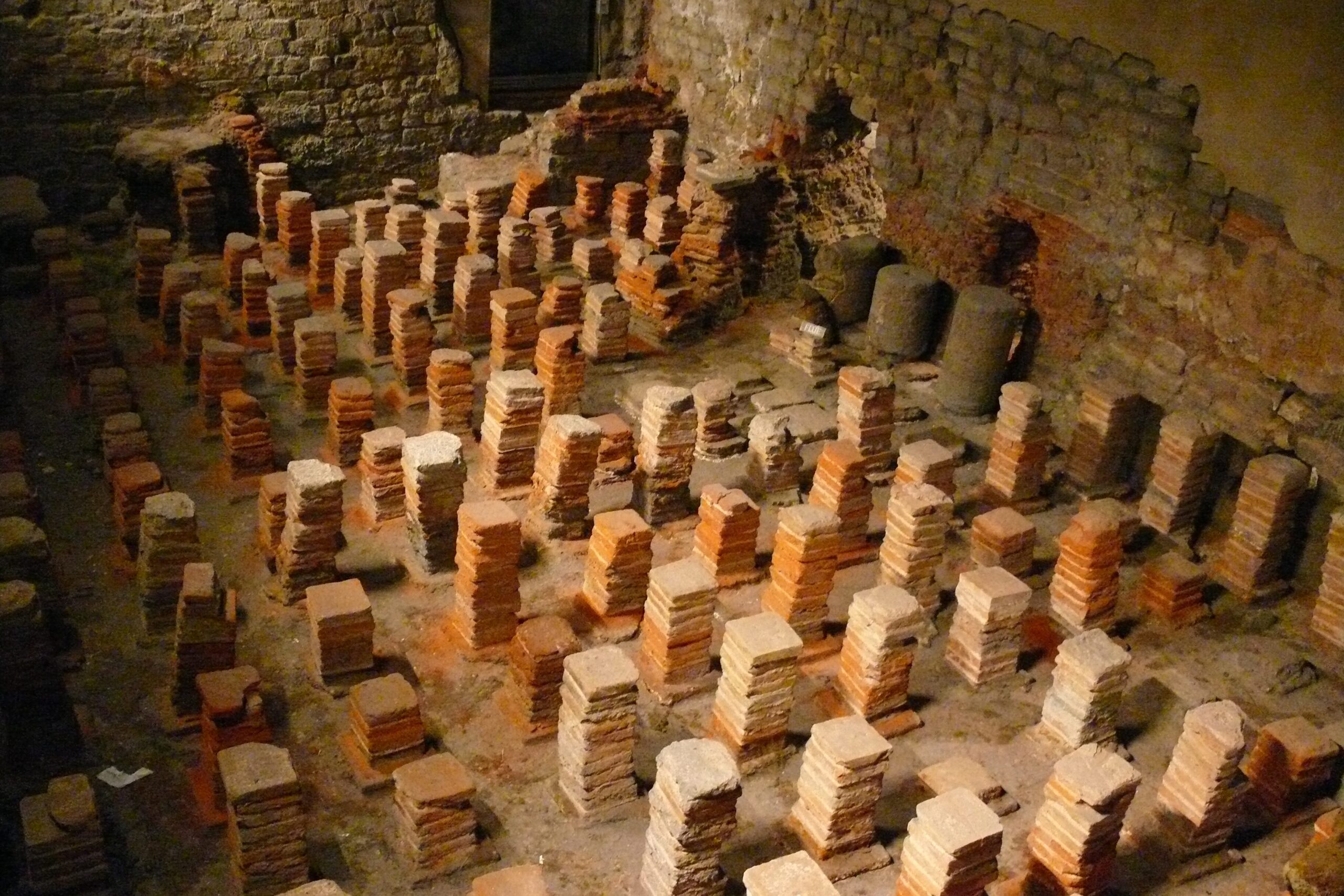
The Romans were masters of comfort, and their hypocaust system is a prime example. This ingenious system involved raising floors on pillars and circulating hot air from a furnace underneath, providing efficient and uniform underfloor heating. It was a testament to their advanced understanding of thermodynamics and architectural engineering.
While modern underfloor heating exists, studying the Roman hypocaust could offer insights into more passive, energy-efficient heating and cooling systems. Imagine designing buildings that naturally regulate temperature with minimal energy input, or even adapting the principles for large-scale air circulation and ventilation. It represents a lost art in sustainable climate control for buildings.
